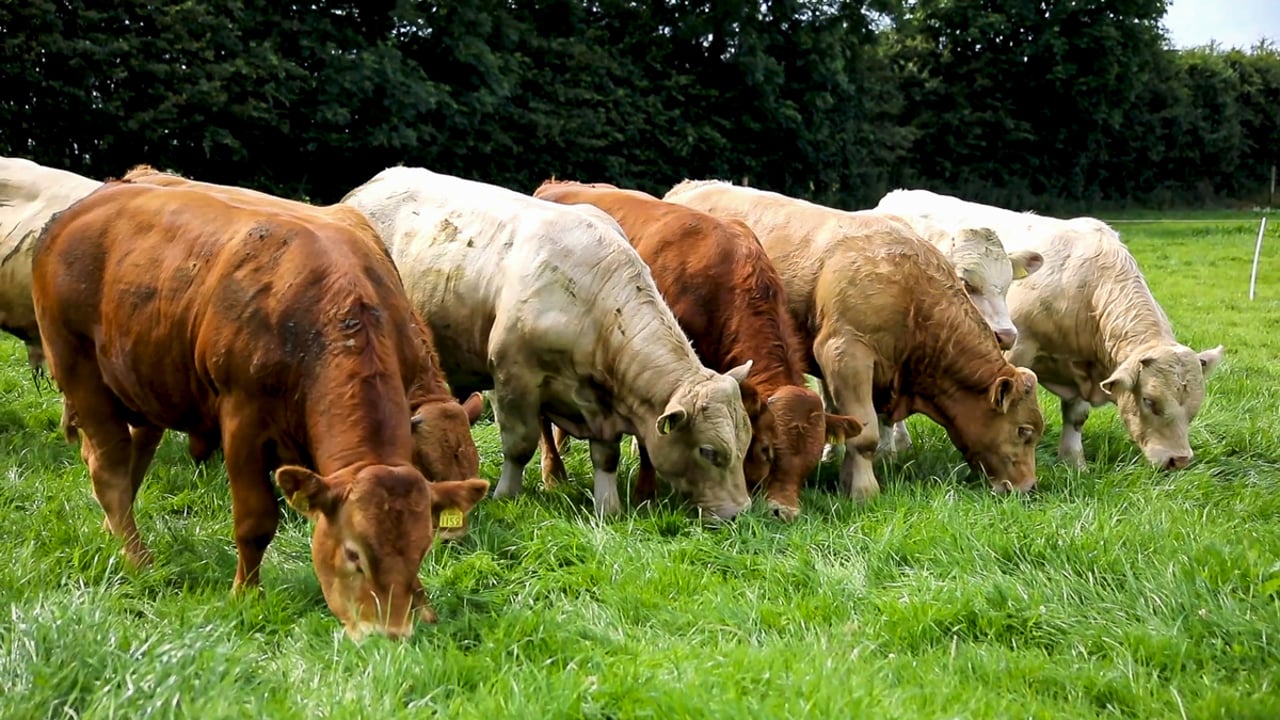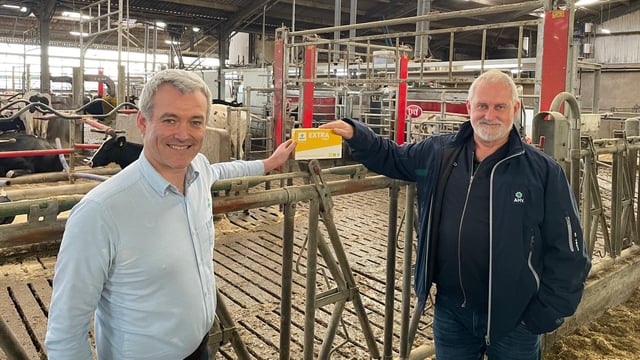Mineral deficiencies can cause problems on livestock farms
According to College of Agriculture, Food and Rural Enterprise (CAFRE) livestock advisor Nigel Gould, mineral deficiencies can be an issue on a significant number of beef and sheep farms at this time of the year.
“Farmers should consider mineral supplementation at grass, as mineral deficiency is a widespread problem in soils," he explained.
“However, it is important to note that while mineral deficiency can affect fertility, if overall nutritional needs aren’t met, fertility will still be compromised.
“Ideally, get a pooled blood sample from a group of untreated animals analysed to identify a deficiency," he added.
Grass tetany
The advisor went on to highlight the fact that grass tetany (Hypomagnesaemia) can be a higher risk in early spring.
This is because rapidly growing quality grass, with a high passage rate through the rumen, can lead to magnesium deficiency.
“Lactating cows and ewes are most at risk due to their higher demand. Periods of wet weather can exacerbate the problem," he said.
"High magnesium lick buckets are the common choice for grass tetany prevention.”
Grassland management
The CAFRE representative has also highlighted the grassland management priorities for cattle and sheep farmers over the coming weeks.
“In early spring opening covers of 2,000 to 3,000kg of dry matter per hectare (DM/ha) are acceptable,” he confirmed.
“When the grass plant is grazed, it will typically grow a new leaf each week. This varies depending on growth conditions, taking longer in the shoulders of the season. After the third leaf grows, the first will die," he added.
According to Gould, fields should be closed off for silage over the next fortnight.
“Aim to have silage ground that is being closed by mid-April at the latest,” he said.
“Late closing will push the harvest date further into June, at a time when grass will naturally tend to go to seed, rapidly decreasing D-value and overall quality.”





